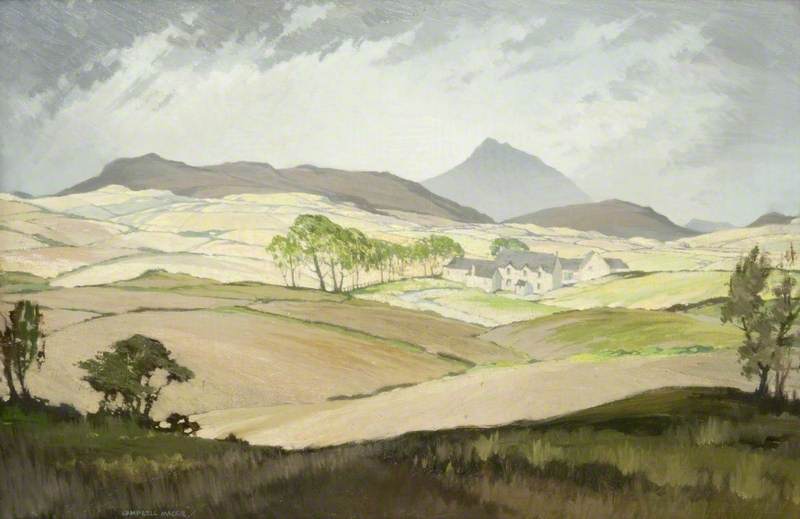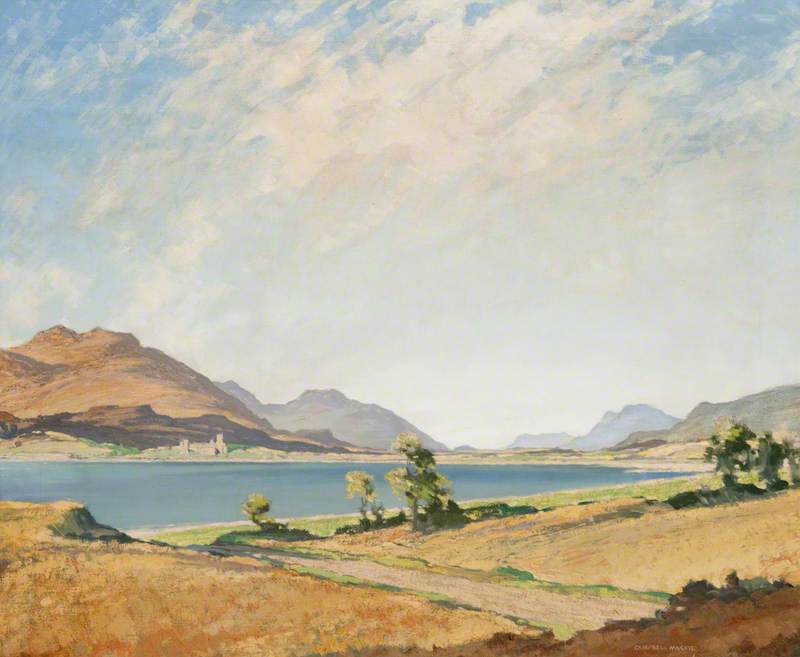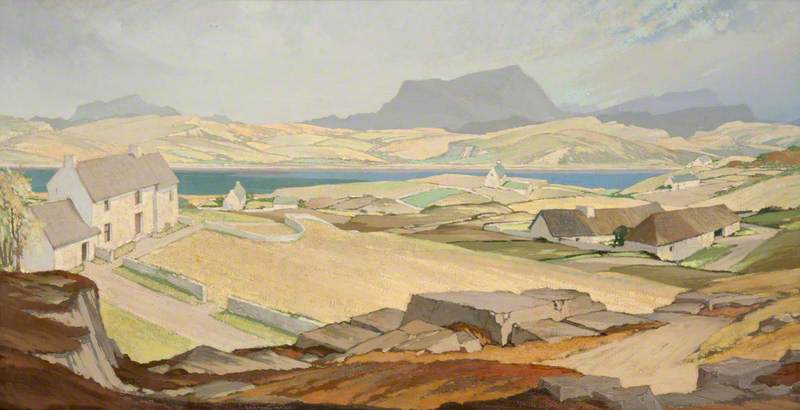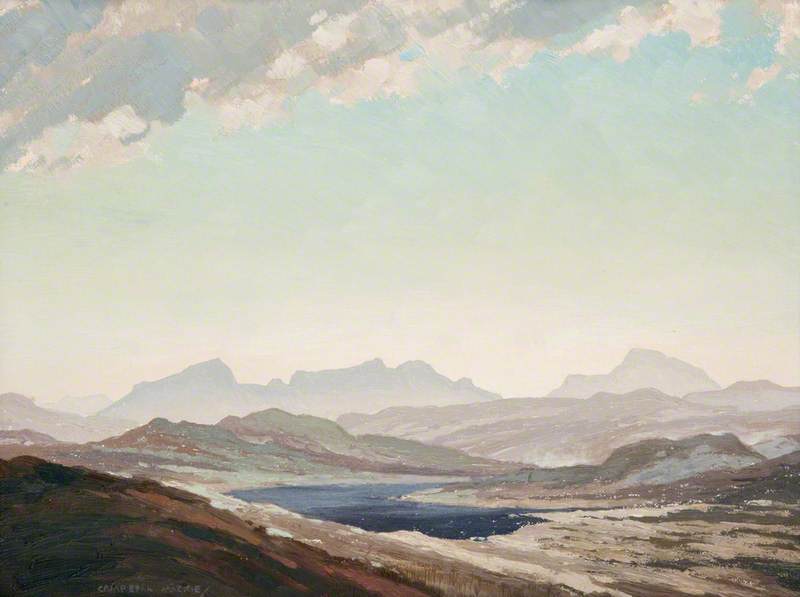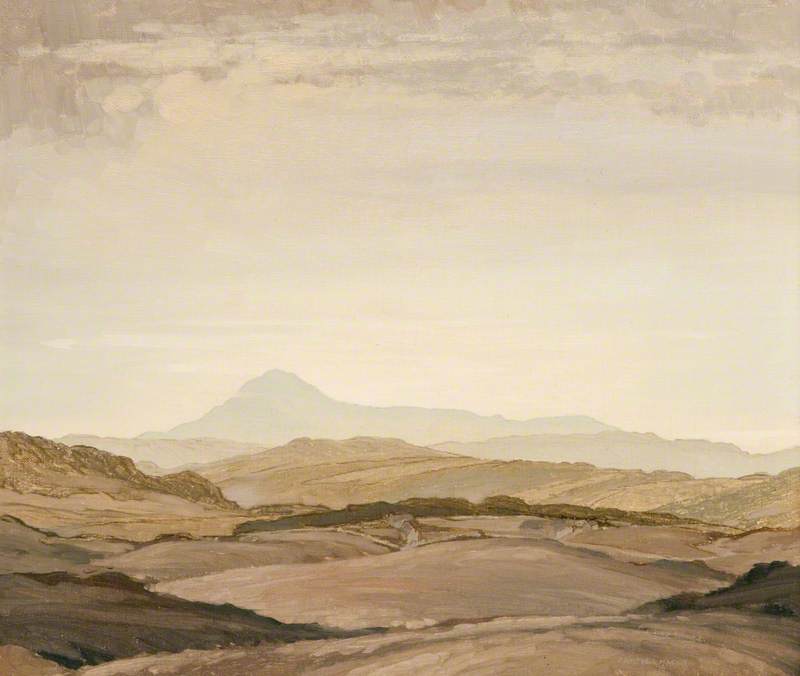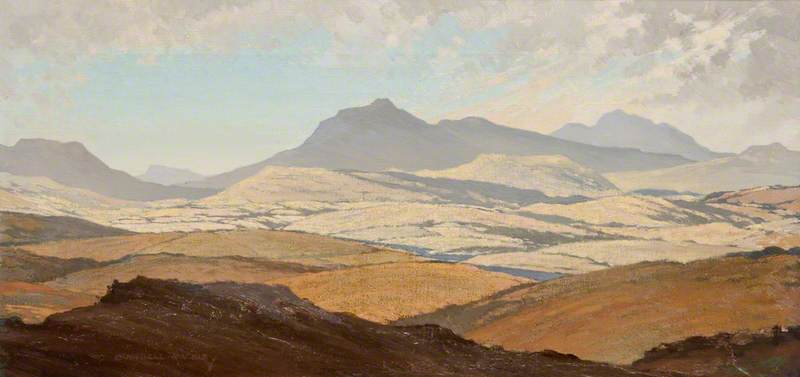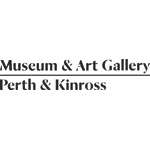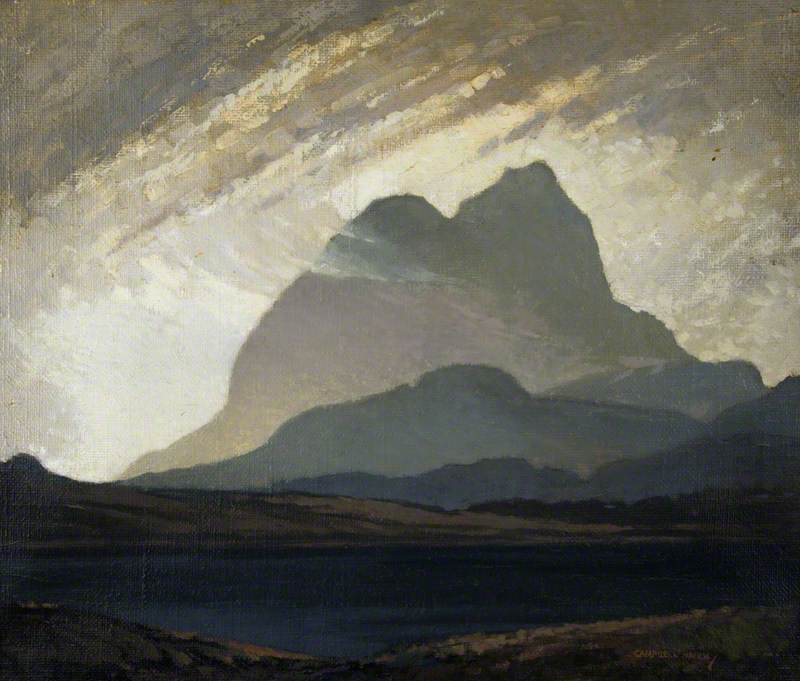
Thomas Callender Campbell Mackie [also known as Campbell Mackie, and as T.C. Campbell Mackie; and as T.C.C. Mckie] was born in Helensborough, Dumbartonshire, Scotland on 17 June 1886 and was articled to Alexander Nisbet Paterson (1862-1947) of Campbell Douglas & Paterson in Glasgow from c.1902 to 1907, during which time he also studied under Eugène Bourdon (1870-1916) at Glasgow School of Architecture. Between c.1907 and c.1909 he worked as an assistant at the architectural firm Campbell Douglas & Paterson in Glasgow. In the years up to World War One he designed ship interiors for Alexander Stephen & Sons Limited, a shipbuilding company based in Linthouse, Glasgow. During World War One he served with the Red Cross. Following the war he designed a number of war memorials.
In addition to his work as an architect and designer, Mackie was also a painter. He exhibited frequently at the Royal Scottish Academy in Edinburgh from 1912 to 1951. He also exhibited at the Royal Academy in London in 1916; and at the Glasgow Institute of the Fine Arts. A pastel sketch of 'Westergables' in Argyleshire by Mackie is illustrated in 'The Studio Yearbook of Decorative Art' 1926 (p.21). He was the author of 'Pattern' (London: Longmans Green & Co., 1928).
Mackie was elected an Associate of the Glasgow Institute of Architects and was a member of the Glasgow Art Club.
His address was given as Greenknowe, Helenburgh, Dunbartonshire, Scotland in 1912 and 1918; Broomhouse, Helleburgh, Dunbartonshire, Scotland in 1920 and 1924; and Moorcroft, Loch Road, Milngavie, Dunbartonshire, Scotland in 1934 and 1952. He died in Milngavie, Scotland, on 17 August 1952.
Text source: Art History Research net (AHR net)
Text source: Art History Research net (AHR net)
